'You're a beekeeper': Students conquer their fears in this scary but sweet class
Published in Lifestyles
PITTSBURGH — Drew Demko's hands are steady as he grabs a wooden hive frame covered in beeswax, and places it into an awaiting pail at Propel Andrew Street High School in Munhall, Pennsylvania.
Using a "hot knife" — beekeeper lingo for a heated brisket knife designed for slicing — he gently cuts away the white wax caps that cover the honey collected on honeycombs.
Uncapping, as the process is called, is sticky, messy work. So the floor of the teacher's lounge where Demko and his classmates are working on a recent Thursday is covered in a sheet of blue plastic.
Nevertheless, it's a rewarding on-hands learning experience for the 15-year-old high school freshman, who before getting placed in the class "by chance" had only occasionally tasted the sweet and viscous liquid made by bees, and preferred gaming to doing "stuff with his hands."
In addition to learning how to check a beehive for mites and other problems, the Clairton teenager has gained a pretty good understanding of "the stuff beekeepers go through," he says — if the worker bees are making honey, for example, or if the queen is still laying eggs or the hive has been re-queened.
And, no, unlike most students who take the class, he hasn't been stung yet despite being in close contact with what English teacher Brando Keat estimates to be an apiary of more than 200,000 honey bees. (Parents/guardians sign a waiver that warns them participants may be stung and relieves the school of liability.)
"I'm not afraid of bees," Drew declares as he scrapes the honeycombs.
There are eight hives on the vacant corner lot on East 11th Avenue in Munhall. Three of the hives are deemed "mature" by Keat, who started the school's beekeeping program in 2009, almost on a whim. Three more are "nucs," or small nucleus colonies created from larger colonies. The final two were captured from swarms and transported to new digs alongside the others.
Drew might claim to be inexperienced when it comes to working with his hands, "but he quickly became very adept," says Keat. The same can be said for the five other kids in the semester-long elective class, offered twice a year, that in 2013 received a Governor's Award for Environmental Excellence.
Some enjoy learning about the life cycle of bees and how honey is made enough that they take the class multiple times. One former student started a beekeeping club at Westmoreland County Community College.
"And a few others have started their own hives" as a way to earn extra income, Keat says.
A slow, sweet start
Keat, who teaches creative writing along with psychology and financial literacy, came up with the idea for the apiary in 2009, shortly after he started teaching at the school.
In his previous career as a reporter covering police and courts for a local paper, he happened to do a story on a beekeeper in Marshall who was being shut down because officials said his lot was too small for agricultural use. Having always been interested in ecology, he found the practice of beekeeping "so pleasant to me. But I had no plans to become a beekeeper."
Instead, the impetus for the class came when former student Jonathan Walker, who wanted to be an entomologist, asked if the school could find the resources to start a beekeeping club.
Keat took the idea to Propel co-founder and then-superintendent Carol Wooten, who agreed it was a great idea after ironing out the details. Growing enthusiasm helped turn the club quickly from an extracurricular activity into an elective class in April 2010.
Keat and his students started with two hive "packages" housing around 40,000 bees from Country Barn Farm in O'Hara. They were placed in a sunny patch behind the former St. Michael Parish convent on Braddock Avenue that was owned by then-Braddock mayor John Fetterman. It had previously been used by Burgh Bees, a nonprofit organized in 2006 to promote urban beekeeping.
Then, they set about learning the art of beekeeping, drawing from books and documentaries. Local beekeepers Robert Steffes and Joe Zgurzynski also offered guidance, Keat said, along with others in the Burgh Bees community.
"It was something unique," he says. "You get an understanding of science in the natural world in a real-life way ... and it's not as scary as you think."
In 2017, the hives were moved to their current location on East 11th Avenue (where Munhall High School once stood), after a donor purchased the site to allow the program more space and put it within easy walking distance of the school.
Since he knew almost nothing about beekeeping back then, Keat learned the ins and outs of managing an apiary alongside his students. Lessons included basics like how bees forage from flowers to collect nectar, break it down into sugar and store it in a honeycomb, and more specifically, how to manage a hive without pesticides and safely gather the honey for processing.
Because students market and sell what they gather and extract from the frames, the class — limited to a half-dozen students each semester — is able to incorporate entrepreneurship and community service into learning along with biology, math and science.
Working and learning alongside his students is the "ultimate teaching style," notes Keat.
Students harvest their honey three times a year: in spring, early July and in October. Sales totaling about $3,000 a year have kept the beekeeping program financially self-sustaining since it began. Along with bottling the honey into 6 1/2 -ounce jars that sell for $5 each, students also make body butter ($5) and tubes of lip balm (two for $5) by mixing the beeswax with shea butter, coconut oil and essential oils like peppermint.
Much of it is sold via a built-in network of Propel families, teachers and former students, but the students' product has also made the occasional appearance at The Farmer's Daughter Flowers on the North Side and Braddock Farm Stand in Braddock.
The buzz keeps growing
Beekeeping as a recreational and hobbyist activity has been on the rise in recent years, including in urban areas. That's due in part to a growing understanding that bees are essential players in our food systems and the ease of starting a backyard hive.
The National Honey Board says the vast majority of the estimated 125,000 beekeepers in the U.S. are hobbyists with fewer than 25 hives. In Pennsylvania alone, there are 5,300 registered beekeepers, according to the Pennsylvania State Beekeepers' Association. And more backyard hives arise each year.
That said, beekeeping programs are still unique in secondary education. As far as Keat knows, Propel is something of an outlier in Pennsylvania.
"I have never heard from another school — anywhere — that has a program like this," he says. "People from several school districts all across the country have reached out to me in past years to get advice, but as far as I know none of them have successfully launched their own high school beekeeping programs, or operates on the level we do."
Now in its 16th year, the class is still incredibly popular, even if some kids come into it with a fear of being stung.
"But 90% get over it," he says.
Kimony Harris, 18, is a "ringer" who took the class for the second time this year.
"I like how small and comfortable the class is," she says, "and the trips to the beehive are fun."
"It's more involved" than regular coursework, agrees 10th-grader Ryan Snyder, 16, who signed up for the class for the first time this spring.
Due to its built-in fear factor, beekeeping doesn't always click on the first go: Ke'naia Wright dropped the class last year pretty quickly when she decided "it's not for me." But the 17-year-old returned this semester "because I wanted to face my fears."
She adds that Keat "is cool and he knows what he's talking about. He's very passionate."
Back in the classroom, Keat quietly watches as Drew places the honeycombs he's scraped free of wax into an extractor, where they are spun. As the machine spins and shakes over the next 15 minutes, the honey is flung out of the honeycomb cells, hits the side of the metal container and drains down. It's then strained into a bucket to remove any tiny bees parts or bits of wax, after which students carefully pour it into jars.
He also observes as they determine whether the honey is "ripe" by checking its water content on a refractometer.
"If there's too much, it's not good," he says.
Then the honeycomb is put back in the hive to further cure, the bees fanning it with their wings. Keat also keeps a careful eye on Ryan, who is washing the honey out of the leftover wax caps to make "meatballs" that will be wrapped in cheesecloth and boiled to remove impurities. The clean leftover beeswax can then be turned into lip balm and other products.
Depending on how full they are, 30 frames produce anywhere from 120-150 jars of honey, Keat says. Spring and summer honey are a bit thinner than fall honey because the bees gather a different kind of nectar, which affects its viscosity.
Thanks to its low pH and high sugar content, honey has antiseptic properties, Keat notes. As long as the lid stays on, honey with a moisture content of 18% or less can be stored indefinitely, which makes it a great ingredient in the kitchen and pantry.
Rich in antioxidants and full of natural sweetness and flavor, honey can be used as a substitute for sugar in everything from baked goods and glazes for various proteins to marinades and sauces.
While Keat appreciates the acknowledgement of the 2013 state award, it's watching how working with bees changes students' lives and helps them confront their fears that keeps him going year after year.
As he reminds his students during the semester-long course, "you're not in a beekeeping class. You're a beekeeper."
Honey-Lemon Chicken
PG tested
This fresh and zesty chicken saute takes less than 20 minutes to prepare. It can be served with pasta, rice or any other favorite grain. For added heat, add a tablespoon of sweet chili sauce or a dash or Sriracha.
2 large chicken breasts, sliced in half horizontally
3 tablespoons all-purpose flour
1/2 teaspoon salt
1/2 teaspoon black pepper
1/2 teaspoon sweet or hot paprika
1 tablespoon olive oil
2 tablespoons unsalted butter
2 garlic cloves, minced
1/2 cup chicken stock
4 tablespoons fresh lemon juice
3 tablespoons honey
1 lemon, sliced into half moons
1 tablespoon chopped parsley, for garnish
Cooked rice, spaghetti or orzo, for serving
Place chicken fillets on a plate or a metal tray. Mix together flour, salt, pepper and paprika. Coat both sides of the chicken with the flour mixture.
Heat oil and butter in a large frying pan or skillet over medium-high heat until butter melts.
Add chicken to the pan and cook for 7-8 minutes, turning once, until both sides are golden brown.
Add garlic, stir for 30 seconds (don't let it burn), then add the chicken stock, lemon juice, honey and lemon slices.
Bring to a boil and simmer for 5 minutes until the sauce is slightly reduced. (Simmer for a few minutes longer if you want it thicker.)
Sprinkle with fresh parsley and serve with rice or pasta.
Serves 4.
— "Quick & Easy: Delicious 30-Minute Dinners" by Nicky Corbishley
Apple-Honey Upside-Down Cake
PG tested
This easy cake only takes about an hour start to finish. Serve it for dessert or with a cup of coffee for breakfast. I used Granny Smith apples but any tart variety will work.
Vegetable-oil cooking spray
1 1/2 cups unbleached all-purpose flour
1 1/2 teaspoons baking powder
1 teaspoon kosher salt
1 1/3 cups sugar, divided
1/3 cup honey
2 large eggs
1/2 cup (1 stick) unsalted butter, melted, plus 4 tablespoons, room temperature
1/4 cup whole milk
3 firm tart apples, such as Granny Smith, peeled, cored, and cut into 1/2 -inch-thick wedges
Preheat oven to 350 degrees. Spray a 9-inch round cake pan with oil.
In a medium bowl, whisk together flour, baking powder and salt.
In another medium bowl, whisk together 2/3 cup sugar, honey, eggs, melted butter and milk.
Whisk egg mixture into flour mixture until just combined.
In a small, heavy saucepan over high heat, combine remaining 2/3 cup sugar and 3 tablespoons water. Cook, swirling pan occasionally (do not stir), until mixture is deep amber, about 5 minutes. Remove from heat; stir in room-temperature butter. Immediately pour into prepared pan.
Decoratively arrange layers of apples over caramel filling. Spread batter evenly over apples.
Bake until top springs back when lightly touched, 45 to 55 minutes. Loosen edges with a knife. Let stand 5 minutes before inverting onto a serving plate. Serve warm or at room temperature.
Makes 1 cake.
— marthastewart.com
Corn on the Cob with Honey-Sriracha Butter
PG tested
This savory butter dresses up an everyday ear of corn. It would also be great spooned over cornbread, a baked sweet potato or roasted Brussels sprouts
1/2 cup butter, softened
2 tablespoons honey
2 tablespoons Sriracha sauce
4 ears corn on the cob, roasted or boiled
Place butter, honey and Sriracha in a microwave-safe bowl and stir to combine. If mixture is clumpy, microwave at 15-second intervals until it can be stirred to a smooth consistency.
Spread over cooked corn, and serve.
Serves 4.
— midwestliving.com
Bees Knees Honey Cocktail
PG tested
This refreshing, buzz-worthy cocktail is a Prohibition-era classic. It's light, fresh and so summery.
1/2 cup honey
1/2 cup water
2 ounces gin
1 ounce lemon juice (about 1/2 medium lemon)
Lemon twist, for garnish
Make honey syrup: Add the honey and water into a small saucepan over medium heat. Stir until the honey is dissolved. Allow to cool and transfer to an airtight container. Syrup will keep, refrigerated, for up to 1 month.
Add gin, lemon juice and 1/2 ounce honey syrup into a shaker with ice and shake until well-chilled.
Strain into a chilled cocktail glass and garnish with a lemon twist.
Makes 1 cocktail.
— liquor.com
©2025 PG Publishing Co. Visit at post-gazette.com. Distributed by Tribune Content Agency, LLC.
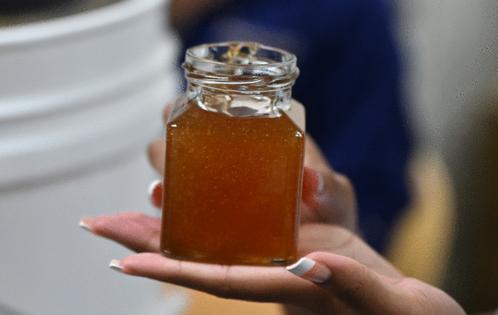
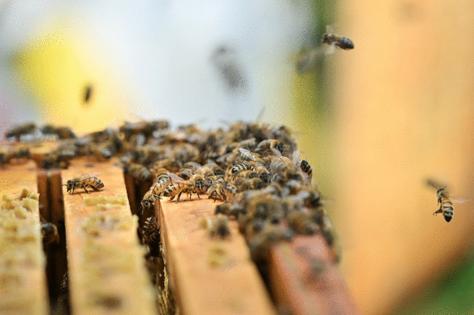
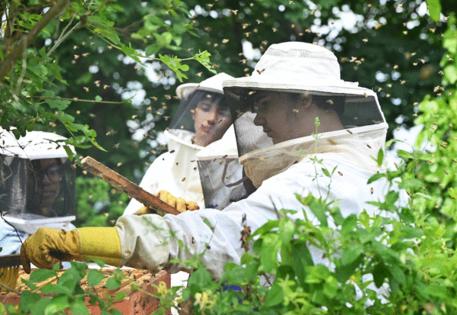
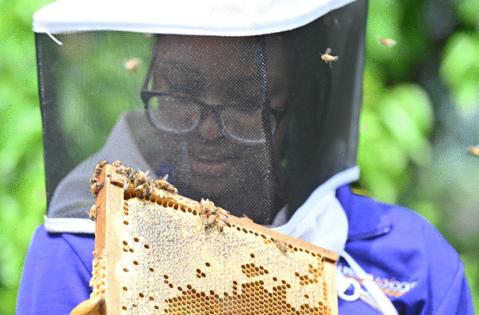
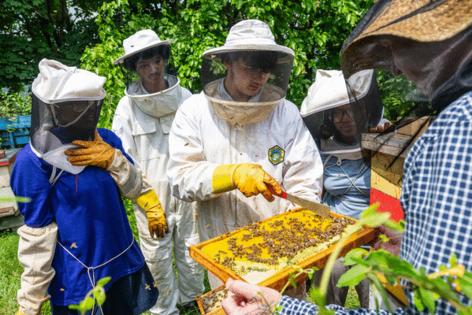










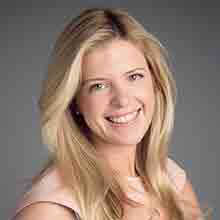

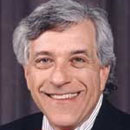















Comments